Dyme.
Dyme is a modern marketing platform built specifically for real estate professionals—designed from the ground up to harness the power of AI.
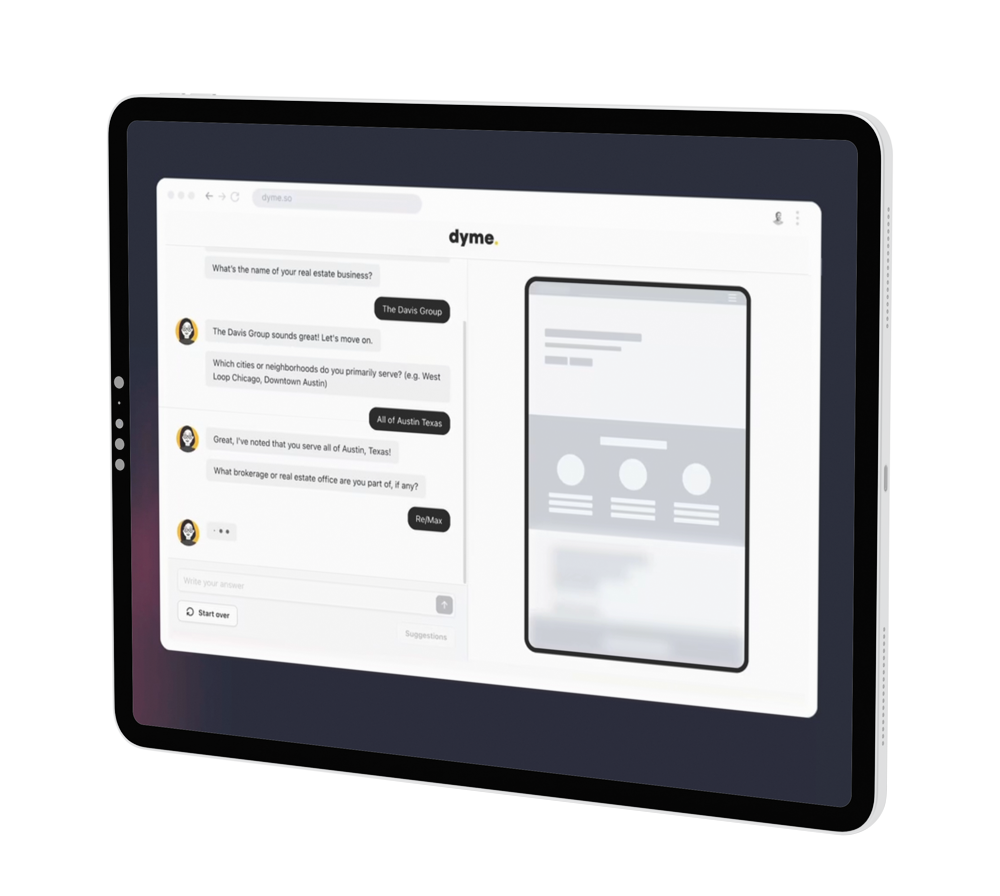
Building websites in minutes at an affordable price point
Most real estate agents aren’t designers or tech experts (and they shouldn’t have to be). They need something quick, easy, and designed just for them. Unfortunately, a lot of website builders out there are either way too complicated or don’t really address the unique needs of the real estate world.
Project overview
The MVP of Dyme is to create stunning websites for agents based on a short series on onboarding questions with the help of AI-Assistance, enabling them to publish their sites live within minutes. As AI-assistance is perpetually evolving, there are still some shortfalls that human-powered customization will still need to come into play.
I jumped into the project and began with building customizer panels for the user to help fine-tune their website creation, keeping real estate agents front and centre as I designed the components. Other areas needed my assistance on as well, such as fleshing out the business management UI in the Dyme software, creating a comprehensive brand identity system, and auditing the AI Onboarding experience.
I jumped into the project and began with building customizer panels for the user to help fine-tune their website creation, keeping real estate agents front and centre as I designed the components. Other areas needed my assistance on as well, such as fleshing out the business management UI in the Dyme software, creating a comprehensive brand identity system, and auditing the AI Onboarding experience.
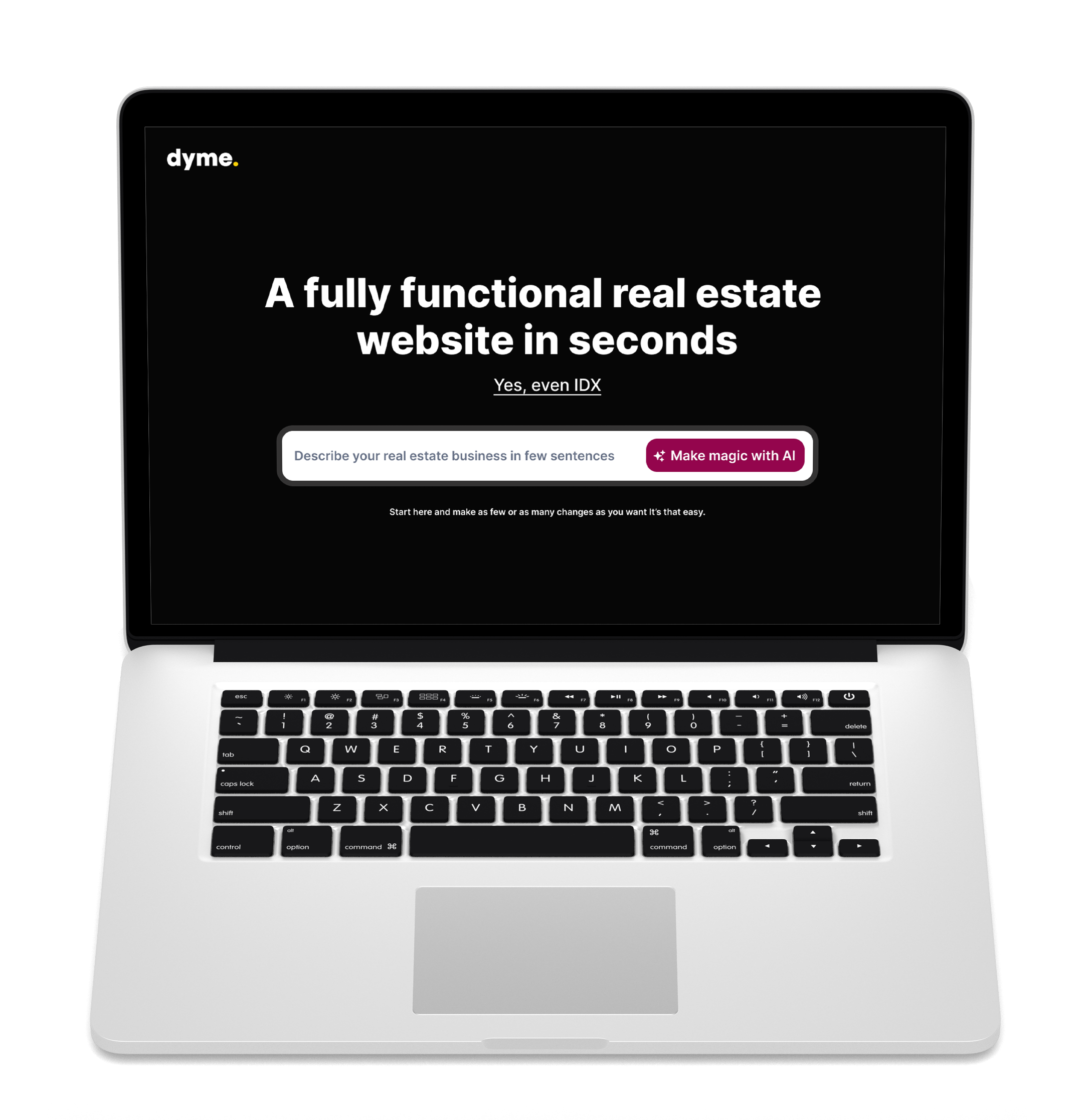
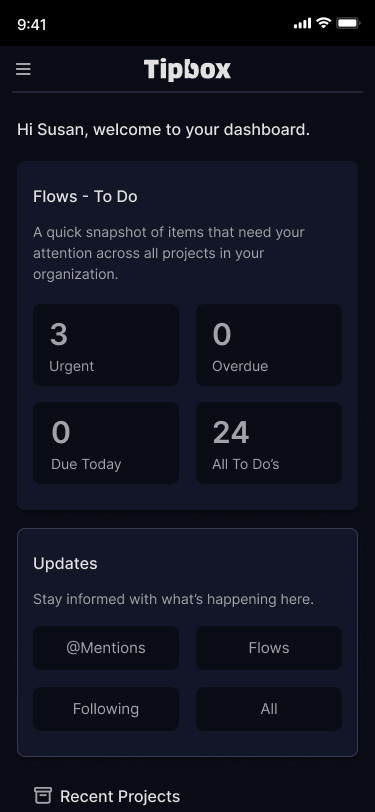
.jpg)
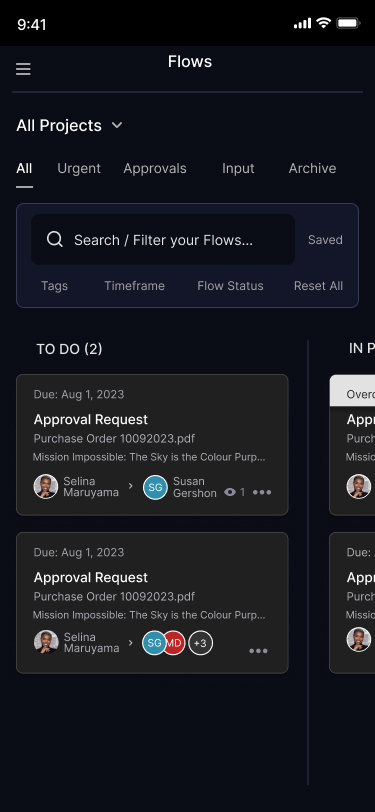
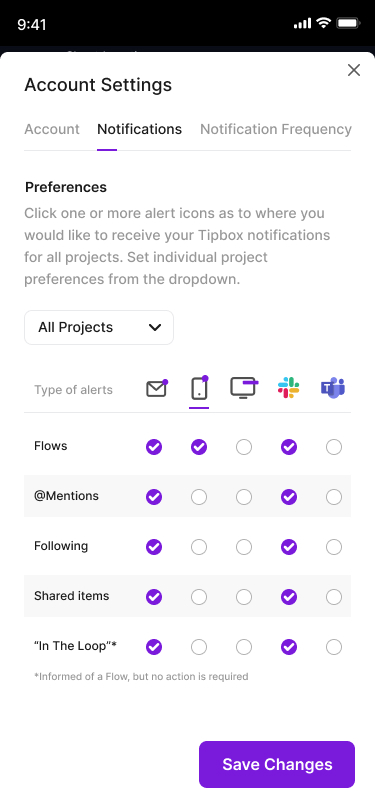
.jpg)
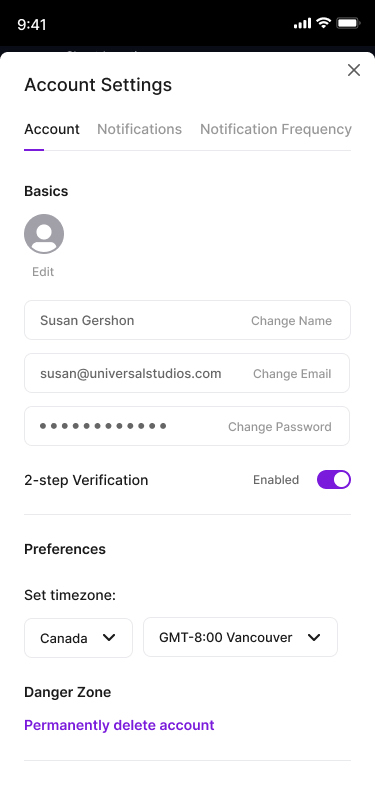
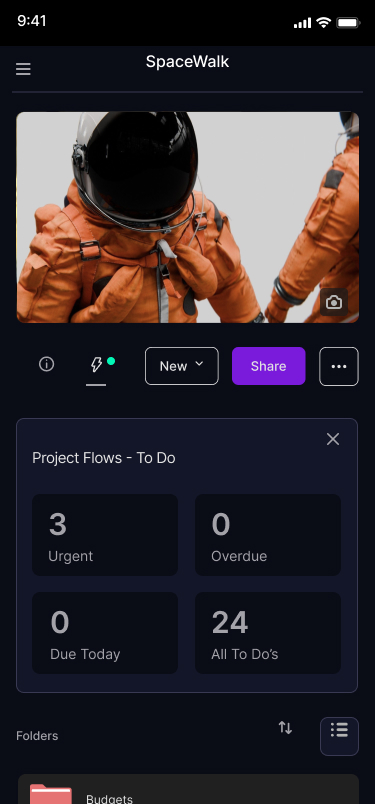
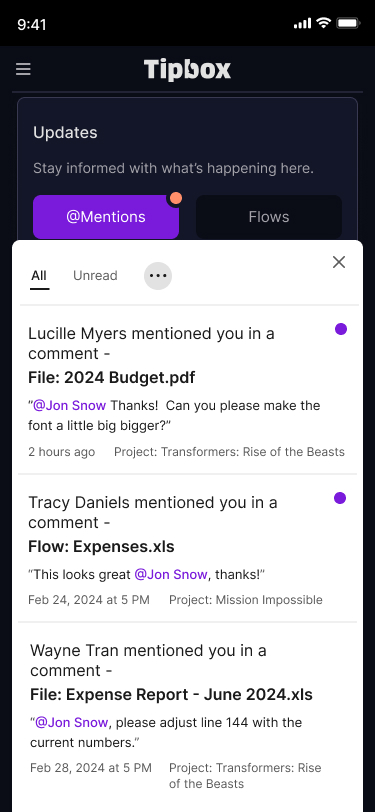

.jpg)
Responsibilities
Auditing AI-Assisted onboarding steps
One of the most exciting aspects of my work on Dyme was auditing and refining the AI-assisted onboarding experience. This process was designed to ensure that real estate agents could quickly and seamlessly begin building their websites, feeling confident and supported from the get-go.
Having spent five years as a Web Designer specifically focused on real estate agent sites, I brought firsthand knowledge of what makes an agent site not just look good, but work well. I approached the onboarding flow through a practical, design-informed lens—manually building polished real estate websites with specific goals in mind, then reverse-engineering the types of questions and content inputs needed to achieve similar results. This allowed me to spot gaps, refine language, and tighten the logic of the flow, ensuring each step led users toward a website that felt tailored, professional, and truly usable.
Having spent five years as a Web Designer specifically focused on real estate agent sites, I brought firsthand knowledge of what makes an agent site not just look good, but work well. I approached the onboarding flow through a practical, design-informed lens—manually building polished real estate websites with specific goals in mind, then reverse-engineering the types of questions and content inputs needed to achieve similar results. This allowed me to spot gaps, refine language, and tighten the logic of the flow, ensuring each step led users toward a website that felt tailored, professional, and truly usable.
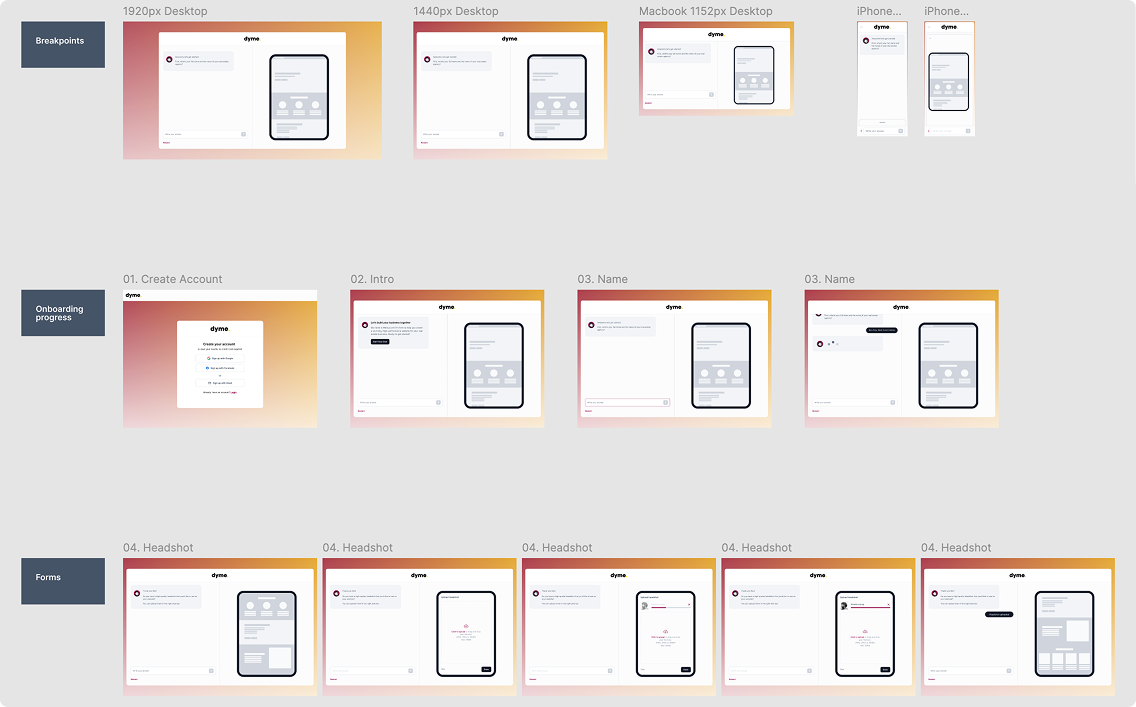
To build a more intelligent and personalized onboarding experience, we developed an AI-powered onboarding agent that could ask the right questions up front and translate those answers into a tailored, ready-to-go website. A key part of this work involved defining a range of realistic user personas: from new agents needing a simple digital presence to seasoned teams focused on lead generation or showcasing luxury listings.
Each persona came with distinct business goals, brand personalities, and content needs. By mapping these variations, we were able to determine the minimum set of questions the AI agent needed to ask—while still collecting enough context to generate a website that felt aligned with the agent’s tone, market, and objectives. This approach kept the experience concise, but packed with high-value inputs, making it feel both intelligent and effortless for the user.
Each persona came with distinct business goals, brand personalities, and content needs. By mapping these variations, we were able to determine the minimum set of questions the AI agent needed to ask—while still collecting enough context to generate a website that felt aligned with the agent’s tone, market, and objectives. This approach kept the experience concise, but packed with high-value inputs, making it feel both intelligent and effortless for the user.
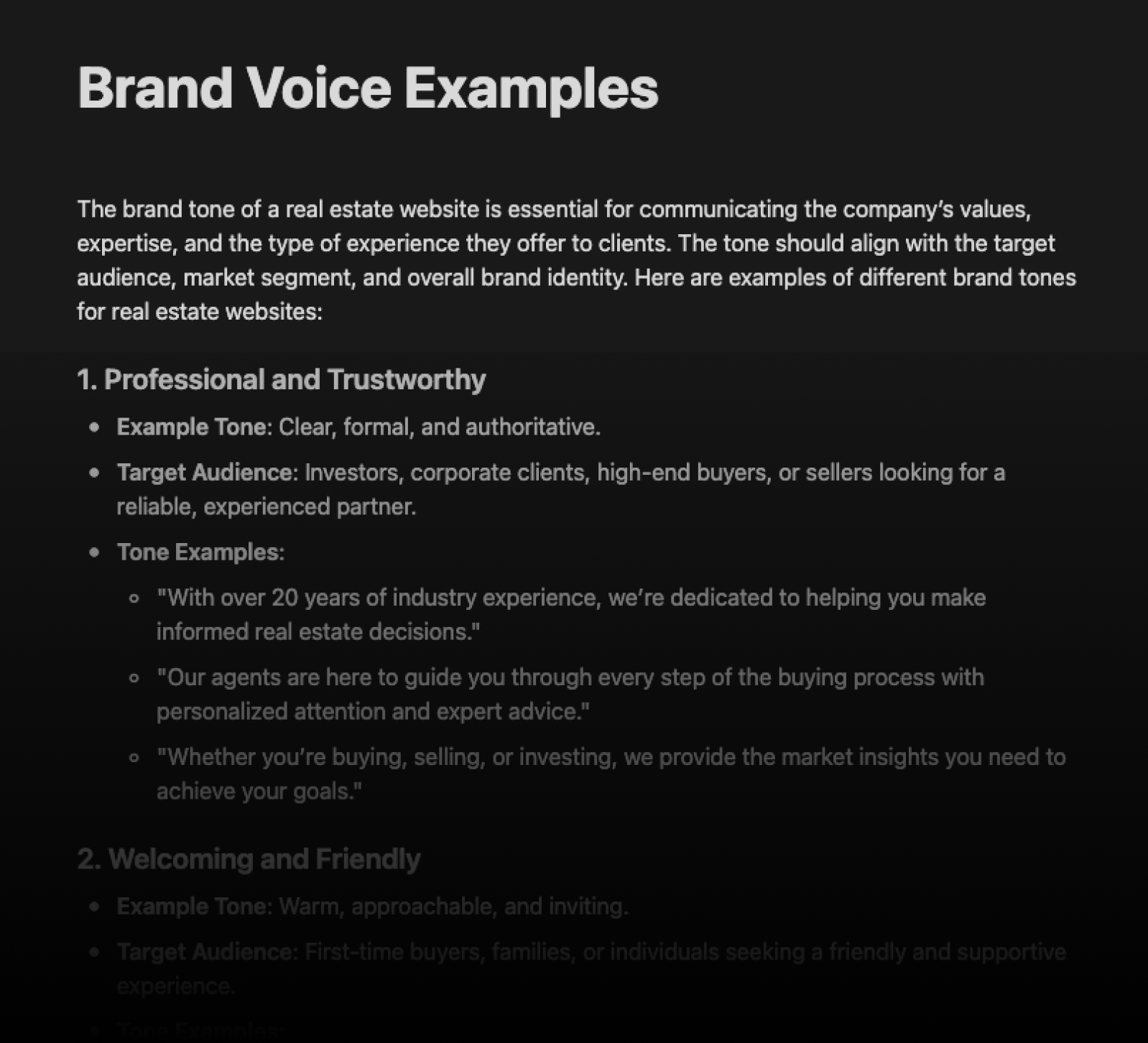
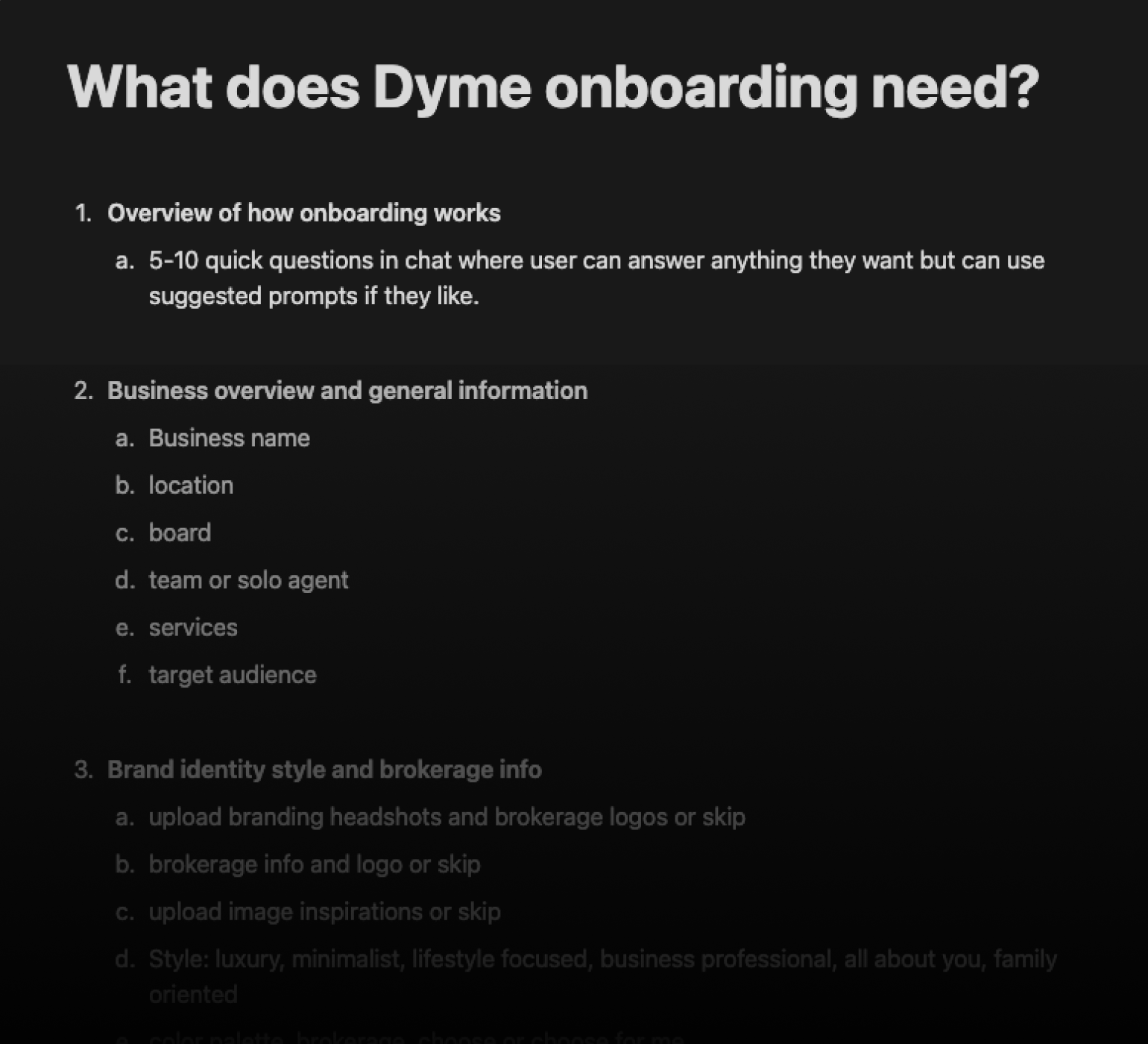
Once the core questions and user personas were established, we entered an iterative phase: continuously testing how well the onboarding agent could interpret responses and apply them to the website creation process. We conducted hands-on testing across a range of user scenarios, identifying where inputs were too vague, too complex, or missing key context.
Based on those findings, the engineering team fine-tuned the AI's logic, adjusting how it parsed responses, mapped tone to layout choices, and applied preferences such as colour palettes or lead capture goals. My focus was on ensuring the user experience remained simple and consistent, even as the logic behind the scenes became more nuanced.
The result was a fully functional onboarding bot that asked a small but impactful set of questions, and by the end, delivered a ready-to-go, personalized real estate website, reflecting the agent’s brand, tone, and business priorities.
Based on those findings, the engineering team fine-tuned the AI's logic, adjusting how it parsed responses, mapped tone to layout choices, and applied preferences such as colour palettes or lead capture goals. My focus was on ensuring the user experience remained simple and consistent, even as the logic behind the scenes became more nuanced.
The result was a fully functional onboarding bot that asked a small but impactful set of questions, and by the end, delivered a ready-to-go, personalized real estate website, reflecting the agent’s brand, tone, and business priorities.
Customization panels for those last minute tweaks
One of my key contributions was designing section panels—the backbone of Dyme’s website customization experience. These panels became the agent’s go-to workspace, allowing them to tweak and refine their sites easily. Panels open as drawers and are accessible for each section of the website's layout.
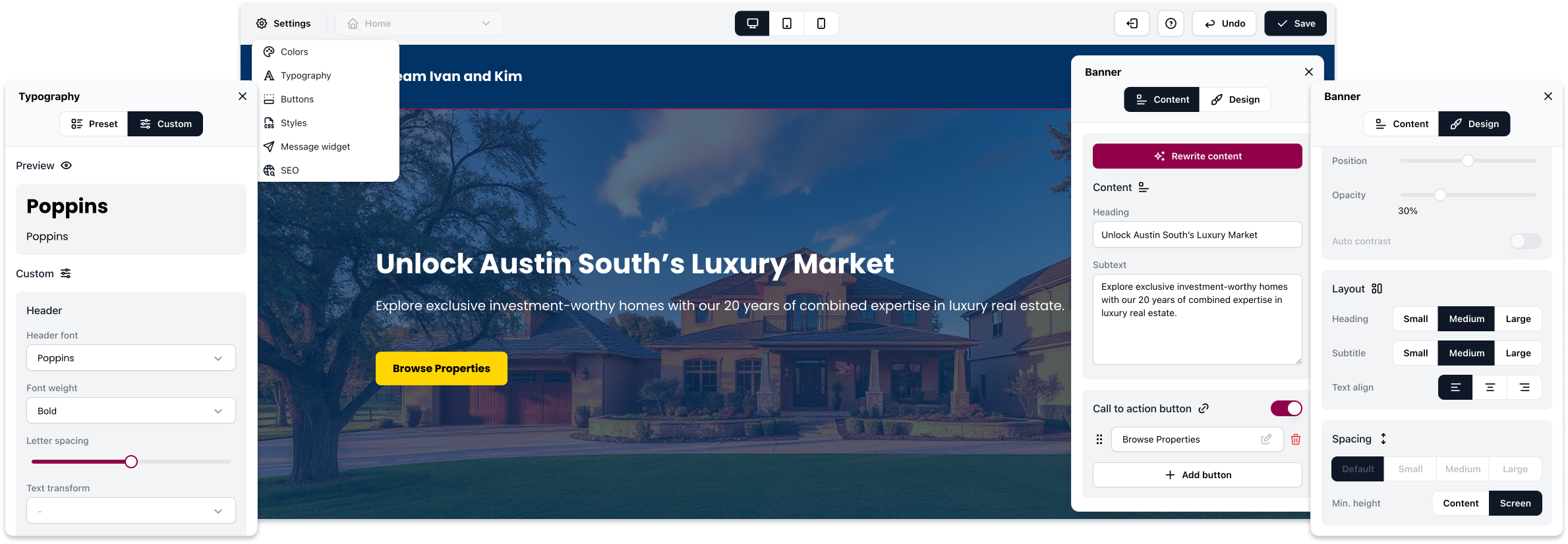
Content settings
The user can manually add content, but is initially created by the AI-assisted onboarding experience. AI will generate copy, such as the agent bio, testimonials, specializations, and images. The AI onboarding questions are so precise to the user’s marketing and brand objectives, including tone, that the initial output should be quite accurate.
Design settings
For this sub-panel, users can tweak colors, replace images, and experiment with layouts, if AI assistance didn’t hit the mark the first time. The design settings are where the user can get into tweaking the website into finite detail.
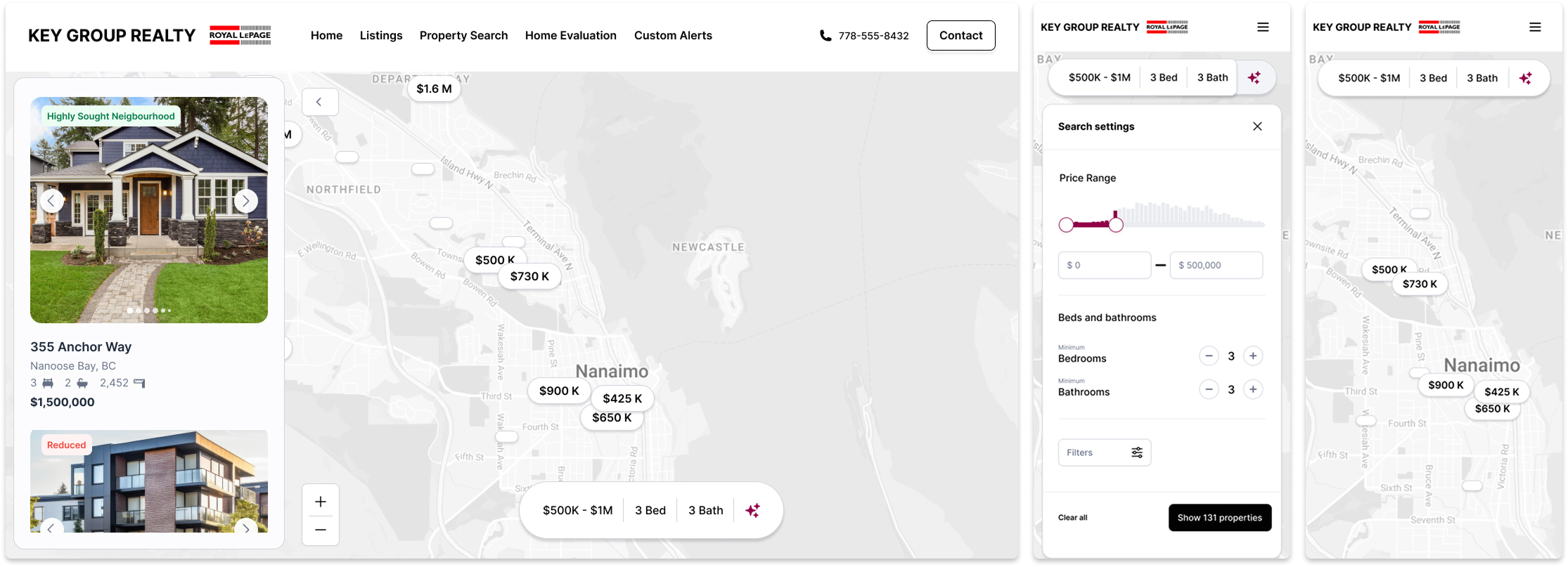
From how the panels are organized to the visual elements used in the interface, the focus is always on empowering agents to build a website they could be proud of, with intuitive and professional tools at their fingertips.
Branding
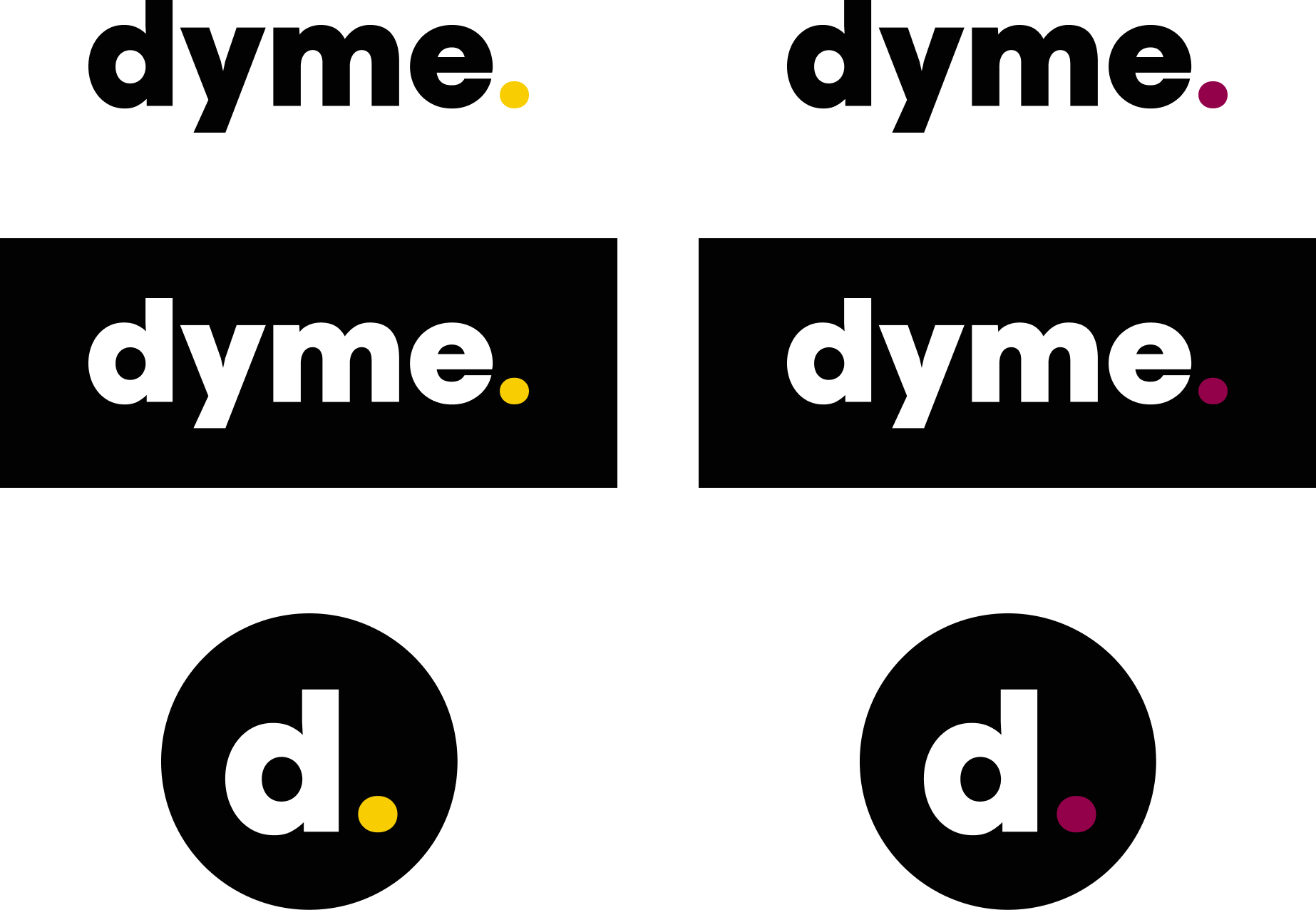
When creating the branding for Dyme, I wanted to capture the essence of the product in a way that felt approachable yet professional—something that resonated with real estate agents who are passionate about showcasing their expertise. The instructions were clear: focus on simplicity with a lowercase wordmark in a heavier weight. But within that simplicity, I saw an opportunity to infuse the branding with personality and meaning.


What I learned and moving forward
Working on Dyme was an exciting and educational experience that deepened my understanding of user-centered design, AI-assisted tools, and the challenges real estate professionals face in building effective online presences. Here are the key takeaways from working on the project:
Designing for Non-Designers: Empowering the User
One of the biggest lessons I learned was how to design for an audience that is not necessarily tech-savvy or design-conscious. Real estate agents are experts in their field, but often lack the time or skills to build a website from scratch. This pushed me to focus on creating intuitive, easy-to-use interfaces that empower users to take control of their digital presence with minimal effort. The section panels were designed to simplify complex tasks, breaking them down into manageable, bite-sized actions. Simplicity, clarity, and support should be built into every step of the design process.
AI-Assistance Needs Human Customization
The integration of AI in Dyme’s onboarding process was fascinating, and it underscored an important realization: while AI can significantly speed up tasks like generating content or suggesting design elements, human oversight and customization are still essential. Although the AI-assisted onboarding provided a strong starting point for agents, it became clear that some real estate agents still wanted to inject their own personality, make fine-tuned changes, or refine the AI-generated copy to better fit their brand. The challenge was balancing automation with flexibility—giving users a solid base to start from while allowing them the freedom to personalize the content and design.
The Role of AI in User Onboarding: Clarity and Precision Matter
Auditing the AI-assisted onboarding process gave me invaluable insights into how AI can improve the user experience—if it’s done right. I tested how well the onboarding questions led to the creation of a real estate agent’s website and realized that the more specific and tailored the questions were, the better the output. A vague or overly general onboarding process would lead to generic results, while a well-thought-out questionnaire could produce highly personalized websites with minimal user input. This taught me the importance of precision and clarity in designing AI-driven interactions, ensuring that the questions were crafted with the user’s goals and expertise in mind, so they could quickly create a site that met their needs.
Understanding the Real Estate Market’s Unique Needs
Throughout the project, I developed a better understanding of the unique challenges that real estate professionals face in marketing themselves online. Real estate agents have specific needs when it comes to presenting their services, properties, and credentials. The key to Dyme’s success was its ability to address these needs through customizable features, such as MLS® listings integration, testimonials, and agent bios. This experience reinforced my belief in the importance of deep user research and the need to design products that are truly tailored to the target audience’s needs, rather than offering a one-size-fits-all solution.
